Year: 2024
-
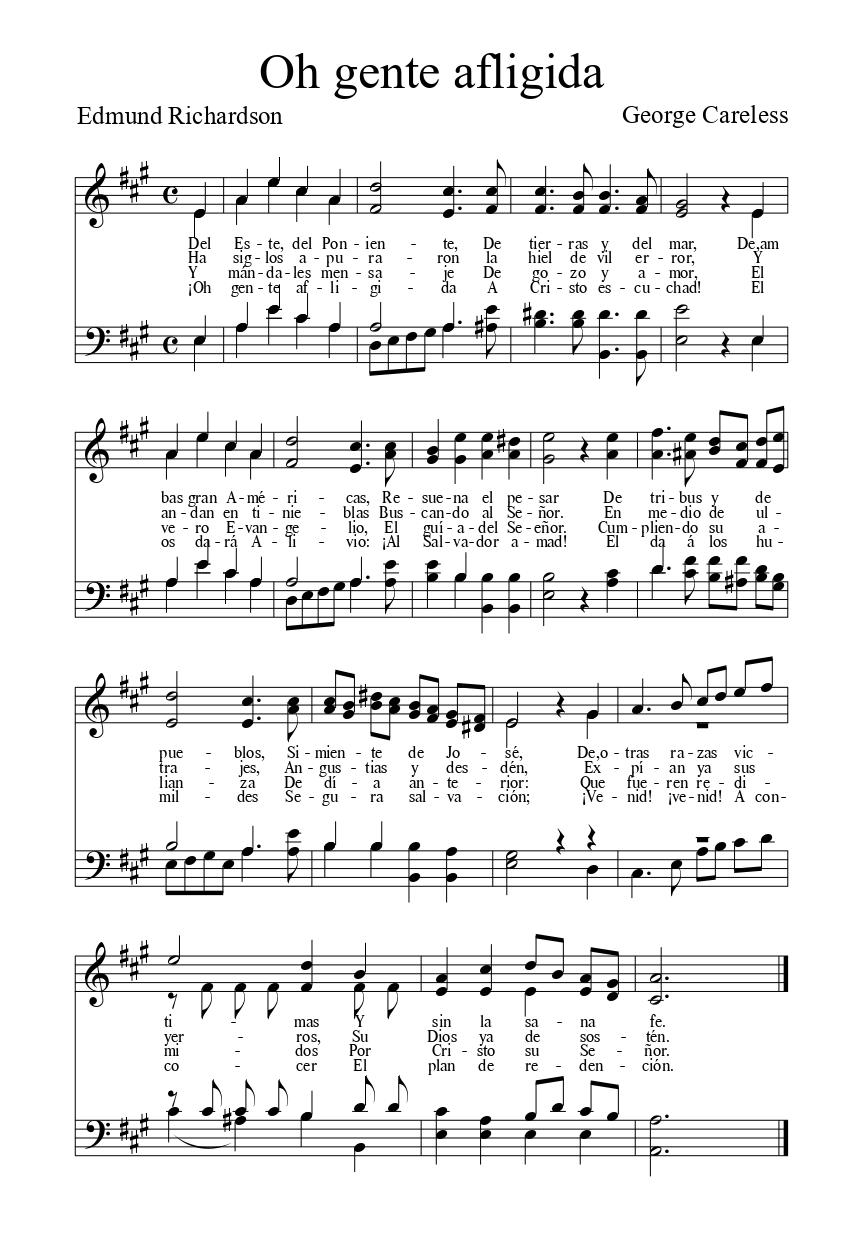
¡Oh gente afligida!
Edmund Richardson seems to have had a particular interest in linking indigenous Mexican peoples to the Book of Mormon narrative. In many ways, however, his approach was a colonizing narrative in which the indigenous peoples were ignorant, benighted peoples in need of civilizing through the efforts of Euro-American Latter-day Saints. “¡Oh gente afligida!” is just one…
-

“Stop Crying and Get Up”
Many years ago I retreated to Rock Canyon just above the Provo temple to pray about something I was stressed out about that, in my adolescent universe, was a big screaming deal. I retired to the beautiful night-time scenery of the Utah Valley lights twinkling below in the twilight fully expecting some kind of comforting…
-
Golden Plates
Richard Lyman Bushman’s most recent book focuses on presenting a cultural history of the gold plates. I’ve reviewed Joseph Smith’s Gold Plates in the past, but Dr. Bushman did an interview that was recently published on the Latter-day Saint history blog From the Desk that had some interesting tidbits. What follows here is a co-post…
-
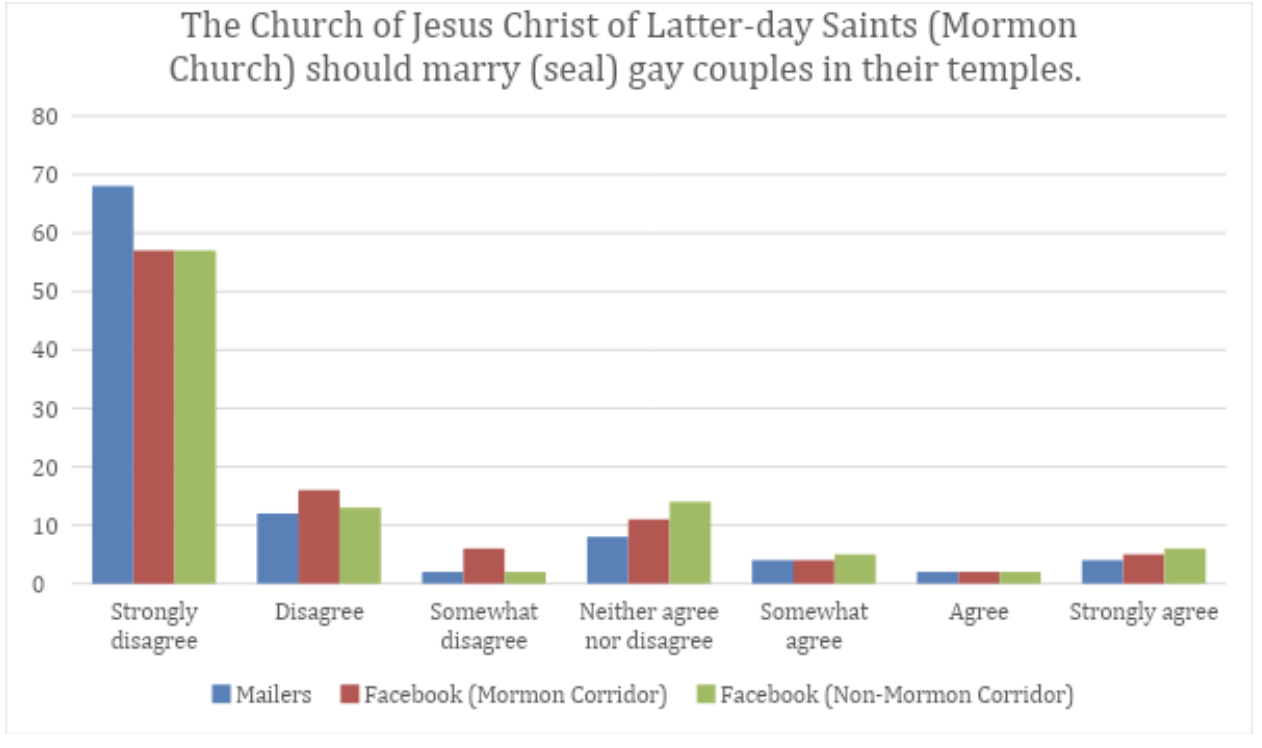
How Many Members Support Same-Sex Sealings? Insights from the B.H. Roberts Foundation’s Current and Former Latter-day Saint Survey
Stephen Cranney and Josh Coates This is one of a series of posts discussing results from a recent survey of current and former Latter-day Saints conducted by the BH Roberts Foundation. The technical details are in the full methodology report here. Polling data shows that a majority of Utahns support same-sex marriage (although, and we…
-
My Atheist Conversion, Part 1
This post got a little long so I decided to break it in two. The title is a little bit click bait as I am not an atheist, but I do want to tell a story of what I call (in my head) “my atheist conversion.” Real atheists may find this disingenuous as my atheism…
-
Joseph White Musser
Mormon Fundamentalism is a well known collective term for groups of Latter-day Saints who attempt to replicate the doctrines and practices of The Church of Jesus Christ of Latter-day Saints in the 1840 – 1890 era, most notably plural marriage. Less well-known, perhaps, are the figures who initially organized and developed the Fundamentalist Mormon movement,…
-
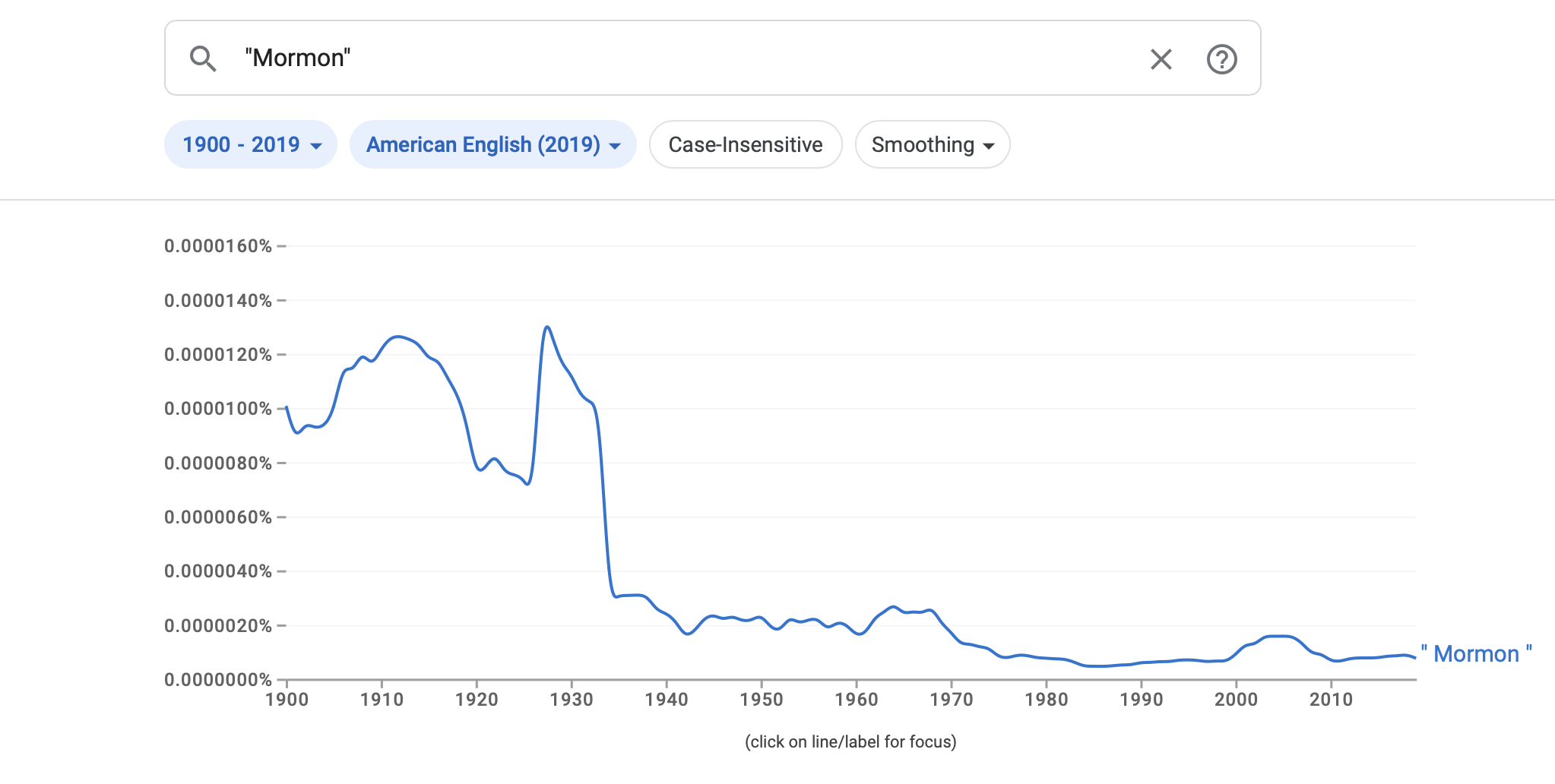
We’ve Become Boring
I was playing around with Google Ngram viewer, a tool that allows you to see the relative frequency of words across time in books, and came across the fact that we’re actually much less interesting in the year 2024 than we used to be. While it seems like the gentiles have this prurient preoccupation with…
-
The Heart of the Matter: A Review
The Heart of the Matter, by President Russell M. Nelson, is a book to live by. It serves as a collection and presentation of his core messages as president of The Church of Jesus Christ of Latter-day Saints and provides guidance for both belief and living as a member of that church.
-
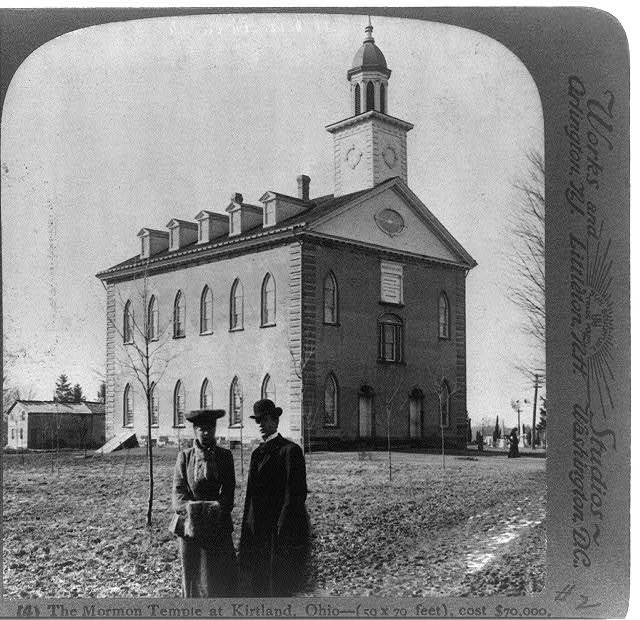
The House of the Lord in Kirtland
The House of the Lord in Kirtland, Ohio has been a major topic in the news as of late, thanks to the recent transfer of ownership between Community of Christ and The Church of Jesus Christ of Latter-day Saints. On the very same day that the transfer was announced, the Latter-day Saint history blog From…
-
AI and Gospel Music, and a Public Service Announcement
Note: None of this is an April Fool’s Joke, it just happens to be the day we had a spot available in the queue. So far the three main AI use cases that have achieved liftoff are Large Language Models, text-to-image, and translation (Supposedly OpenAI has achieved text-to-video that is so good that multimillion dollar…
-
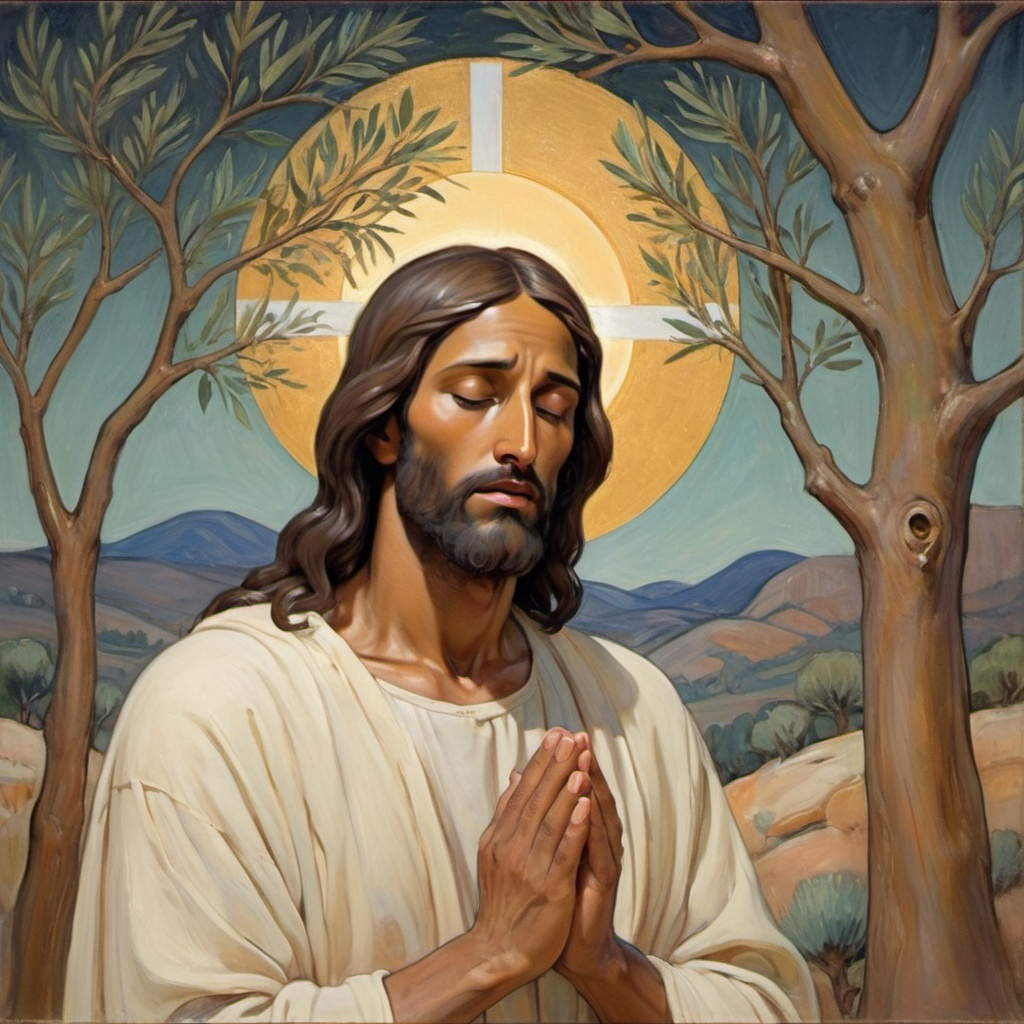
Atonement in the Book of Mormon
The Atonement of Jesus Christ is central to our faith and also central to the message of the Book of Mormon. What exactly, however, does the Book of Mormon say about the Atonement of Jesus Christ? In a recent interview at the Latter-day Saint history blog From the Desk, Nick Frederick discussed Atonement in the…
-
Cutting-Edge Latter-day Saint Research, March 2024
Sins of Christendom: Anti-Mormonism and the Making of Evangelicalism Reviewed by our own Chad Nielsen.
-
A “Secular” Case for the Church
A little bit more about my own story relating to developing some alternative views of the church and coming to gain a as I said testimony of what I see as an “imperfect” church. The series I’m working on at the JI gives come context for ways in which historical research has influenced me, and…
-
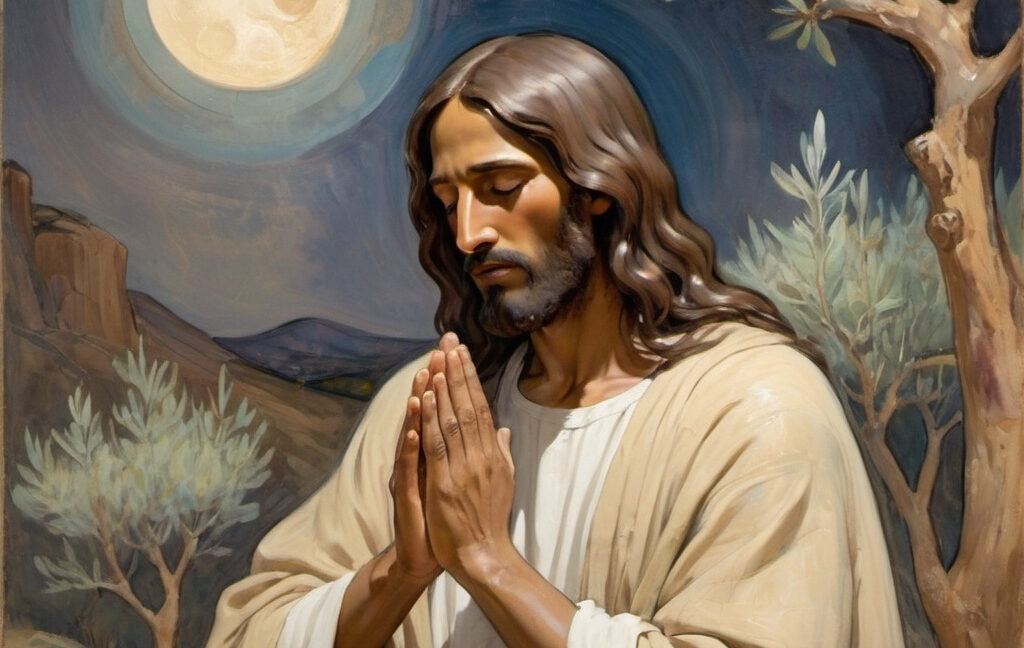
The Purifying Power of Gethsemane
As we are in Easter season, it is appropriate to ponder on the life, teachings and Atonement of Jesus Christ. One of the best talks given by Latter-day Saint leaders on the subject is “The Purifying Power of Gethsemane”, Elder Bruce R. McConkie’s final testimony. The talk was discussed in a recent post at the…
-

Does Humanity Deserve Hell?
Scene from Jonathan Edwards’ “Sinners in the Hands of an Angry God” I’m not much of a theologian. Some of this is part Joseph Smith saying that if you stared into heaven for five minutes you would know more than has ever been said on the subject, and some of it is Aquinas’ cryptic comment…
-

Latter-day Saint AI Art Group
I’m going to take advantage of blogger privilege to announce a Facebook group I’m starting for Latter-day Saint AI artists creating gospel-themed content to coordinate, showcase their work, and collaborate. I follow a number of AI art groups on Facebook that serious artists and graphic designers frequent, and people with an artist’s training and eye,…
-
How I taught the Proclamation on the Family
As the Sunday School president at the time (December 2021), I told the teachers in advance that I wanted them to do two things. First, I wanted them to teach the doctrine. Second, I wanted them to teach it so that whoever their students were and whatever their situation, they would feel welcome and accepted.…
-
The White Horse Prophecy
There are a few high-profile apocalyptic prophecies in Latter-day Saint history that have pretty shaky provenances. Perhaps foremost among them is the White Horse Prophecy. This complicated document was recently discussed at the Latter-day Saint history blog From the Desk. What follows here is a co-post to the full discussion.
-
“A Little Hippyish”
I got M and J’s permission to share this on the blog and M read it before I published it though she made me take out the best line. :( “So are they pretty straight arrows, all good with them?” SP2 asked me when he called a little less than a year before my release…
-

How Big is Joseph Smith Polygamy Denialism in the Church? Insights from the B.H. Roberts Foundation’s Current and Former Latter-day Saint Survey
Stephen Cranney and Josh Coates This is one of a series of posts discussing results from a recent survey of current and former Latter-day Saints conducted by the BH Roberts Foundation. The technical details are in the full methodology report here. The people who do believe that Joseph Smith did not practice polygamy fall into…
-
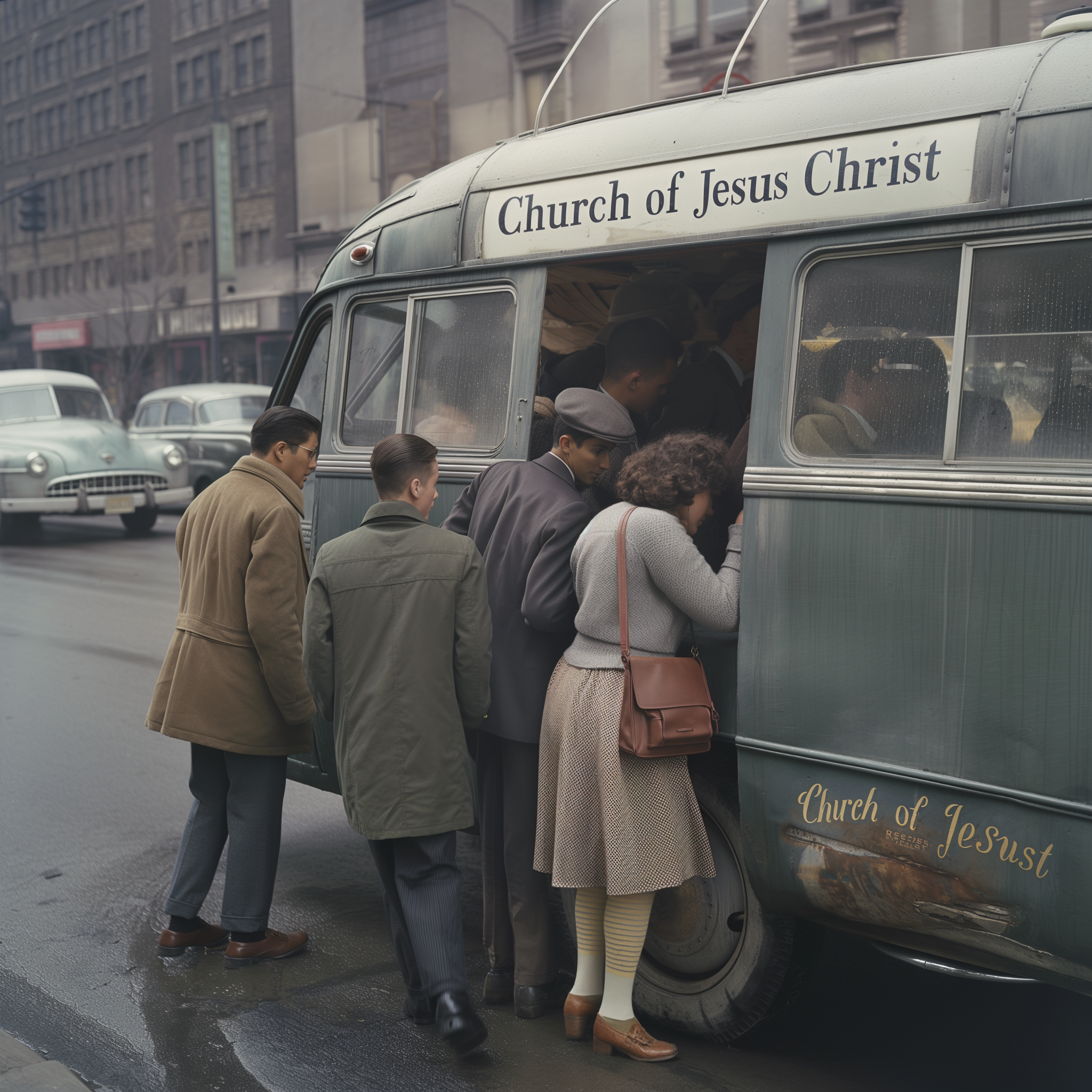
Transportation of Car-Less Members, Giving Rides, and Jesus Vans
Yes, I know, the “Jesus” in the bottom-right hand corner has a t, at the end, but still, it’s almost there. I typically like to avoid making too many posts that take the form of “what I think the Church should do,” in part because the gospel of the almighty God, creator of heaven and…
-
“Who Do We Want at Church?”
As I was brainstorming about starting the safe-space group that I mentioned in a previous post, it was December 2021, and I started seeing people commenting online about the upcoming final (or nearly final) lesson in gospel doctrine that would cover the two official declarations. Since those cover what are generally considered controversial topics—polygamy and…
-
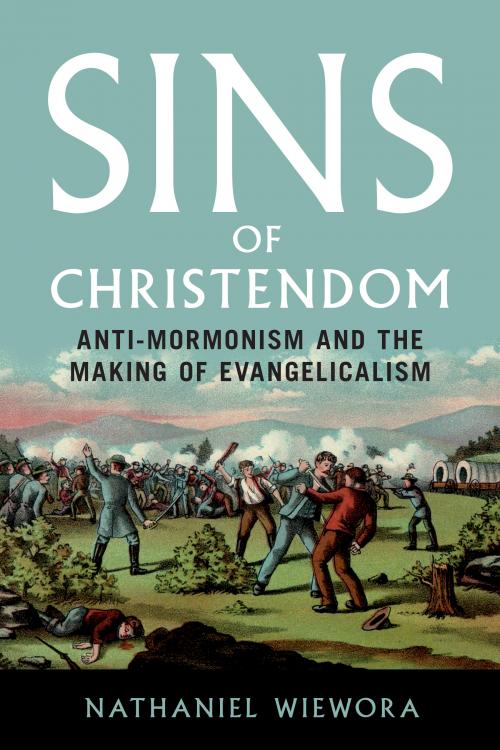
Sins of Christendom: A Review
Anti-Mormon literature is always a touchy subject, but Sins of Christendom: Anti-Mormonism and the Making of Evangelicalism by Nathaniel Wiewora handles it deftly, putting it in a broader context of change and debate within Evangelical Christianity.
-
My Testimony of an Imperfect Church (But the Best One in My Opinion)
So in previous posts, I made it clear I’m unconventional and disagree with some policies. A process I would describe as coming to a testimony of an imperfect church. I’ve expressed a few disagreements, but also wanted to share some of the reasons why I believe very strongly that the church is where I should…
-
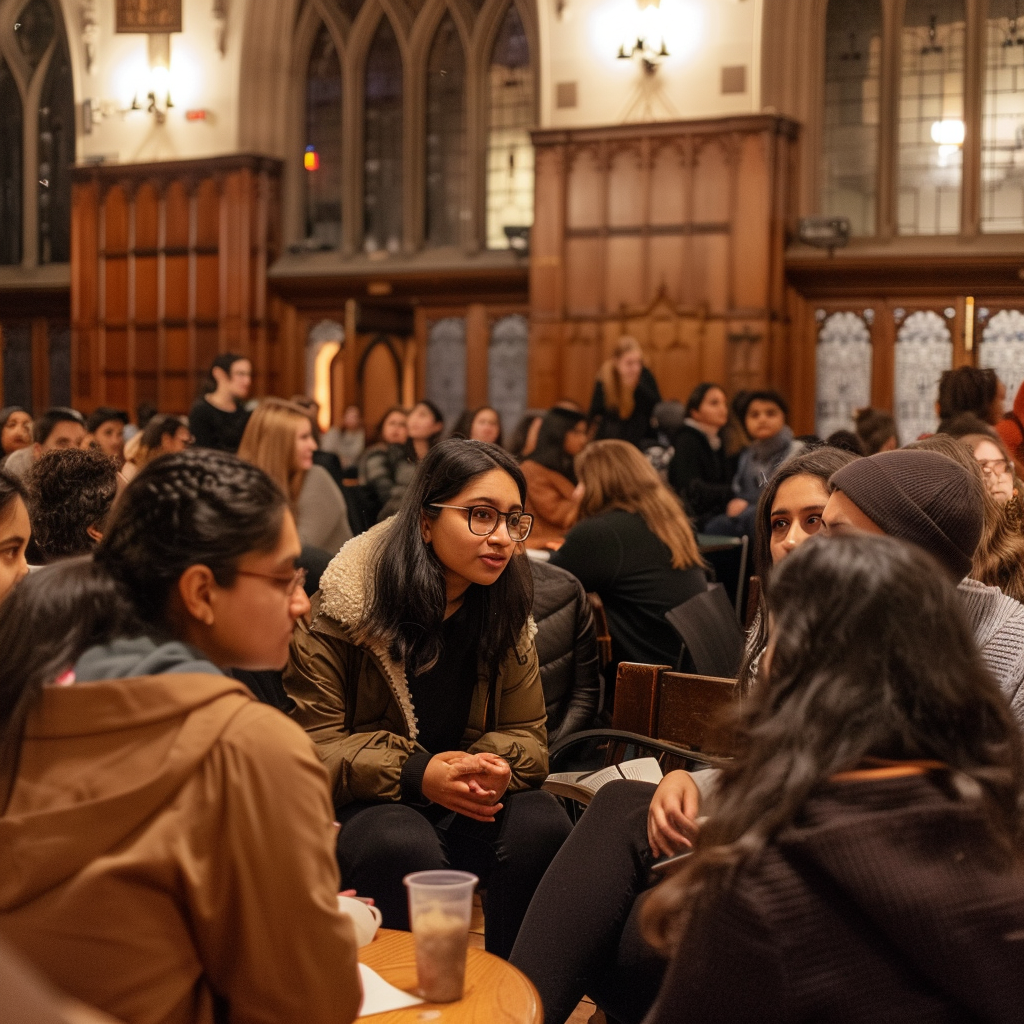
BYU is # 1 in the Nation for Number of Foreign Languages Offered–By Far
Fellow blogger Jonathan and I were talking on the back-end about Modern Language Association statistics (as one does in the bloggernacle), and he drew my attention to a dataset kept by the MLA that records the different foreign language classes taught in the US, so I ran some simple summary statistics to see where BYU…
-
American Zion: A Review
If I were to ever write a single-volume history of The Church of Jesus Christ of Latter-day Saints, I hope that it would turn out like Benjamin E. Park’s American Zion: A New History of Mormonism (Liveright, 2024). It is a very nuanced, insightful, and well-written take on Latter-day Saint history in the United States.…
-
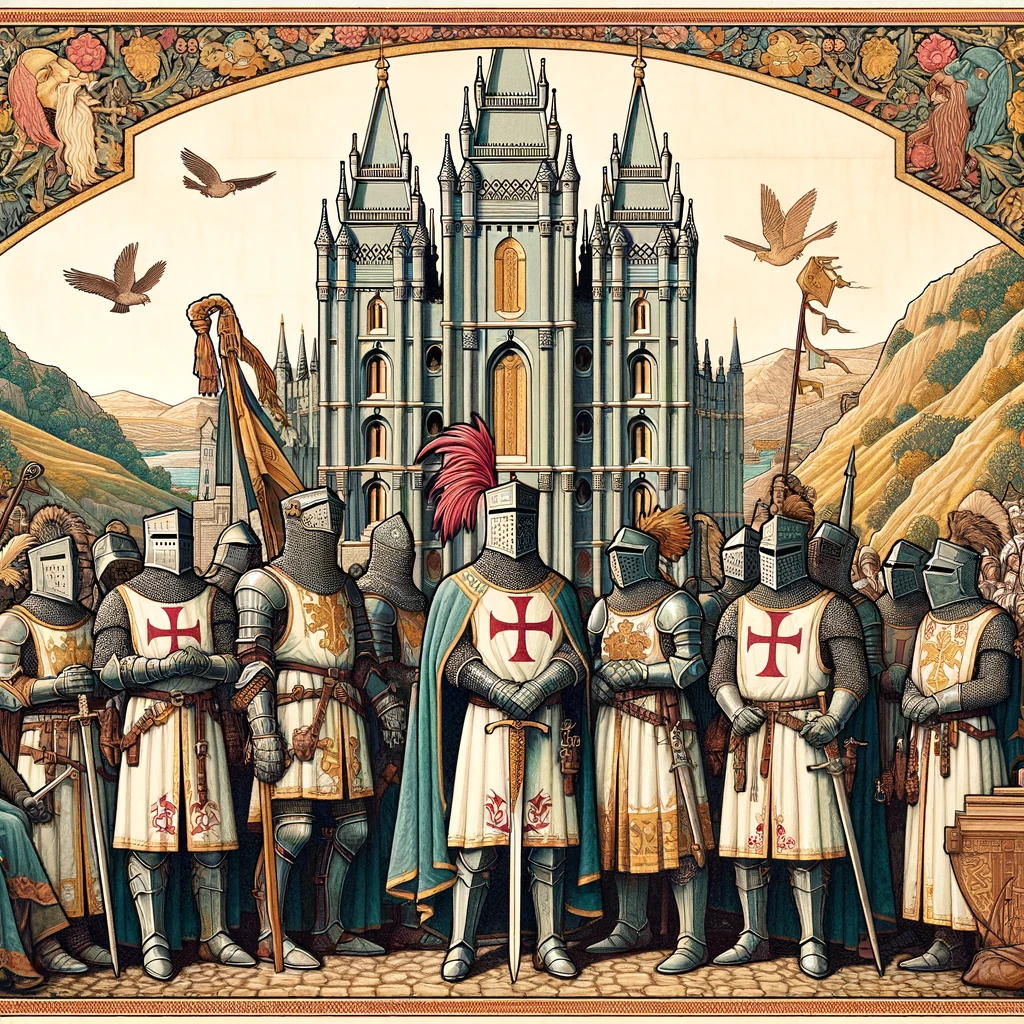
The Church as the Knights Templar and #MakeItATrillion
I tried to get it to show a missionary swimming in a pool of coins like Scrooge McDuck, but it wouldn’t let me produce images that it deemed to be satirical of religious beliefs. Once upon a time there was a devout, hard-working, highly efficient religious organization that started stockpiling and investing money for the…
-
Church Concerns and the Command to Mourn with Those That Mourn
Responses to my last post reminding me of something I’ve been thinking recently: the fact that individuals can have quite different experiences with the church. The most extreme form of differences would be the extreme faith crises and a couple of examples serve to illustrate the pain these can cause. Alma 7 says Christ “will…
-
Diné Latter-day Saints
One often-overlooked aspect of The Church of Jesus Christ of Latter-day Saints is the interactions of the institution with the Diné (Navajo) peoples in the western United States. In a recent interview at the Latter-day Saint history blog From the Desk, Farina King (an expert in colonial and post-colonial Indigenous studies) discussed some of the…
-
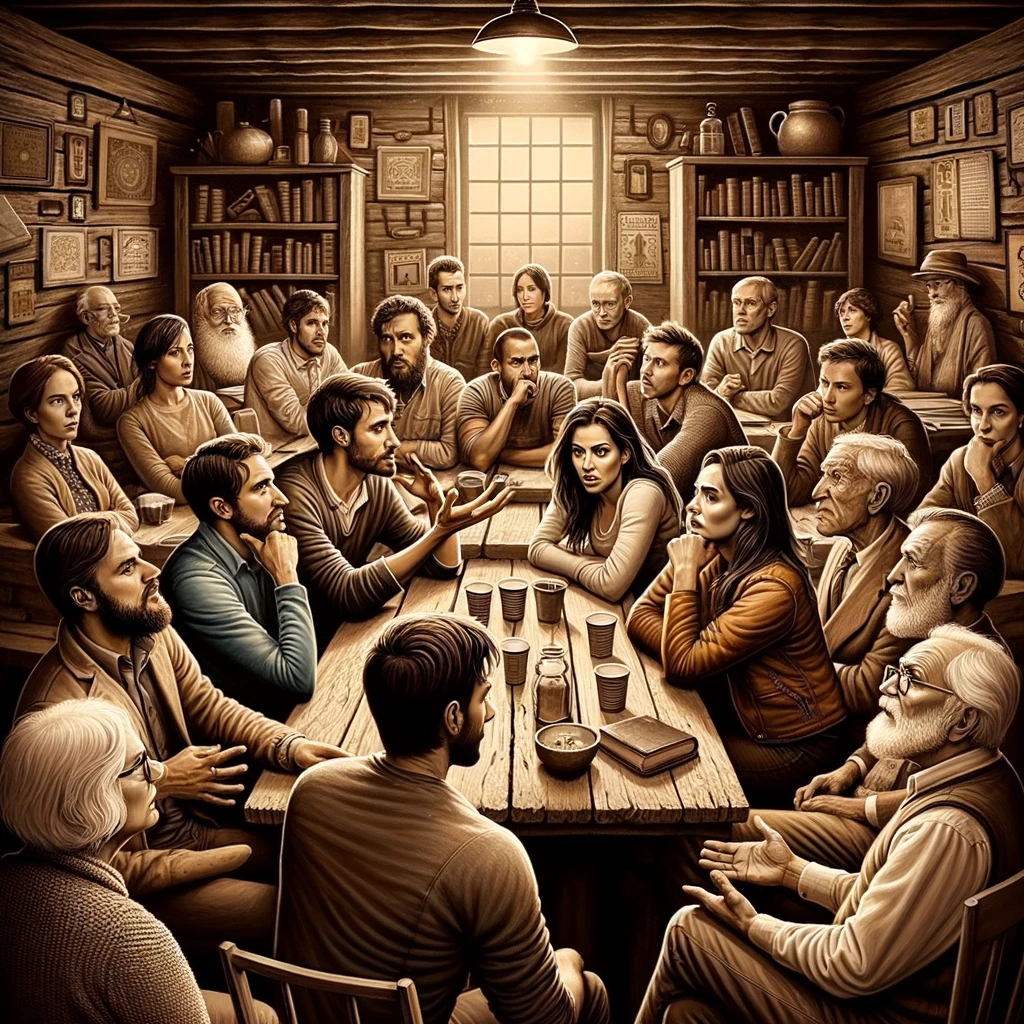
Griping about Church Leaders and Policies in Front of My Kids
Griping about religion First of all, I don’t have a lot to gripe about when it comes to the Church or its leaders. This isn’t a holier-than-thou attitude, I’m sure that if I looked hard enough I’d find plenty with an organization as large and with as many moving pieces as the Church, just that…
